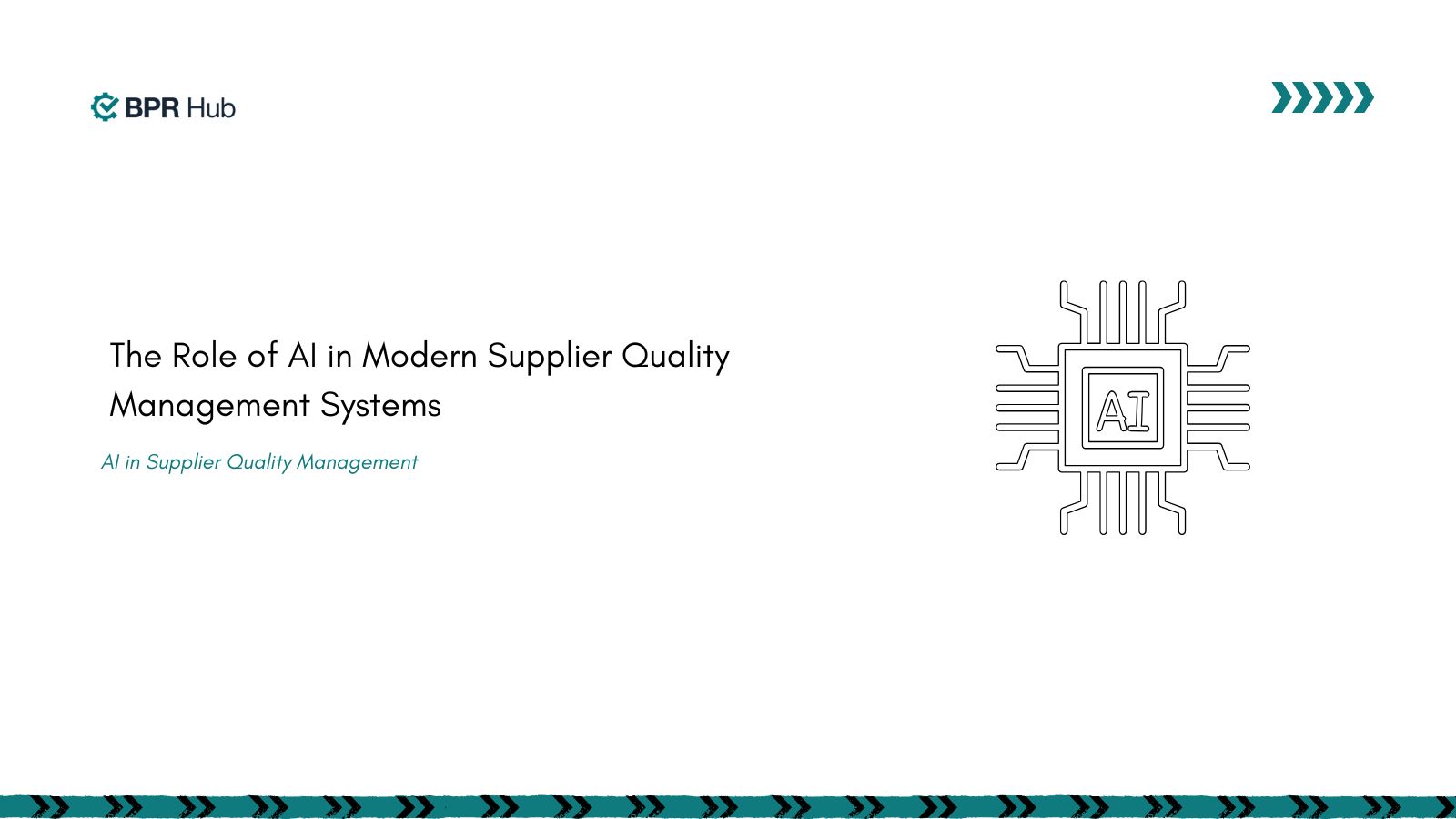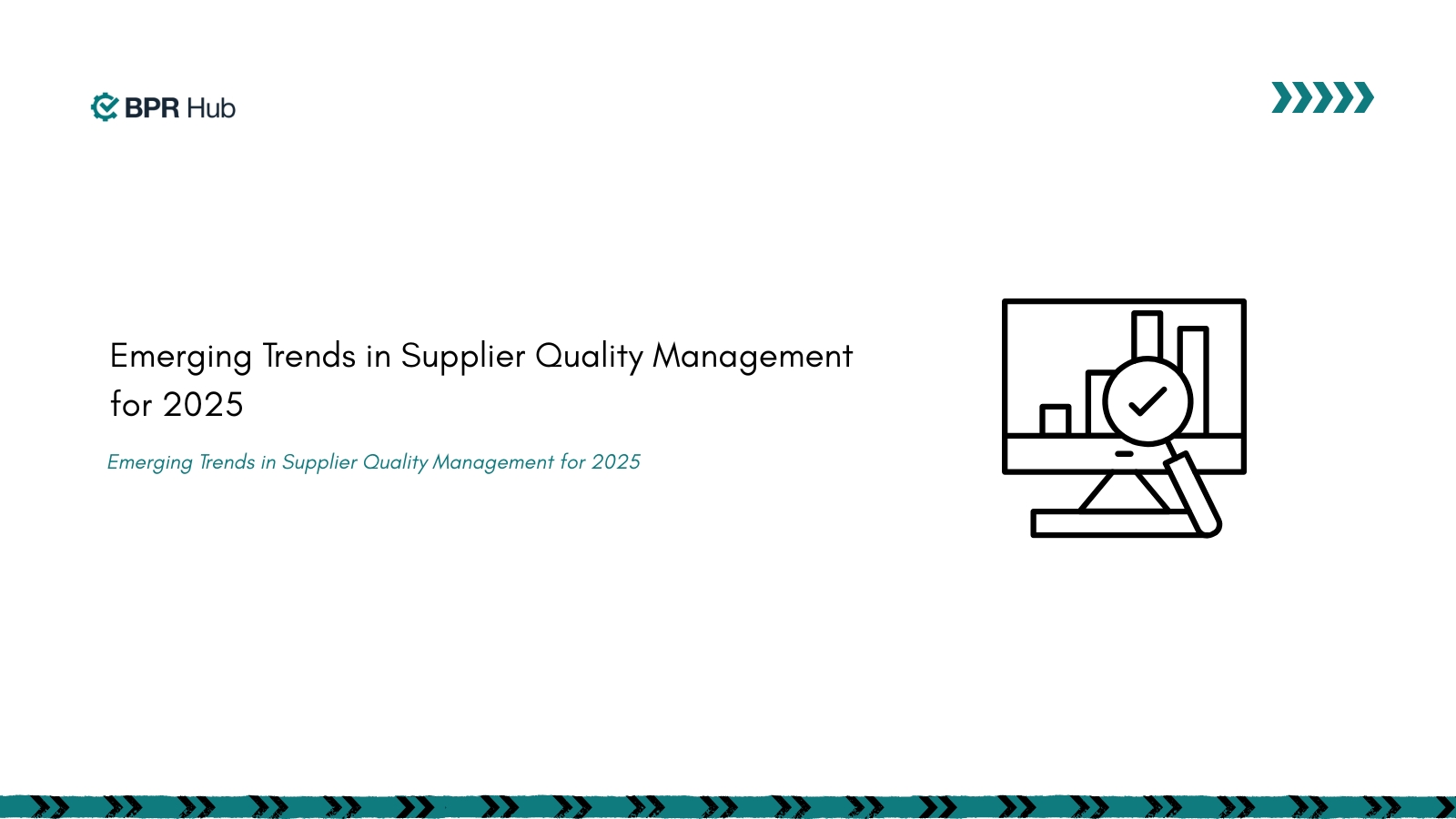Ever wondered why some businesses consistently deliver exceptional quality while others struggle? ISO 9001 is the strategic framework that transforms good companies into industry leaders. Imagine an organization where processes run seamlessly, customer satisfaction is high, and operational errors are minimized.
This is the practical reality of effective quality management. Did you know that over 1 million companies across 170 countries trust ISO 9001 to improve their quality management systems?
ISO 9001 provides a reliable framework to improve operational efficiency, enhance customer satisfaction, and streamline processes. Whether you're a small startup or an established enterprise, this quality management system can be your blueprint for operational excellence. Want to understand how ISO 9001 can revolutionize your business? Let's dive in.
What is an ISO 9001 Quality Plan?
An ISO 9001 Quality Plan is a comprehensive, structured document designed to help organizations meet the requirements of the ISO 9001 standard. It provides a clear roadmap for achieving quality objectives while ensuring compliance with both customer expectations and regulatory requirements. The plan is essential for guiding an organization’s Quality Management System (QMS), and it acts as a dynamic tool for continuous improvement.
A successful ISO 9001 Quality Plan should address the following critical components:
- Defining the Scope of the QMS: Identify the processes, departments, or products that fall under the QMS. Ensure the scope aligns with your business strategy and ISO 9001 requirements to cover all critical areas of production and service.
- Clear and Measurable Quality Objectives: Set SMART (Specific, Measurable, Achievable, Relevant, Time-bound) objectives, such as reducing defect rates, improving customer satisfaction, or enhancing operational efficiency. Research shows that businesses with clear, measurable objectives are 65% more likely to improve customer satisfaction by effectively tracking progress and adjusting strategies.
- Process Mapping and Documentation: Create detailed process maps and standardized documentation to ensure consistency and reduce errors. Proper documentation improves operational efficiency by up to 20%, providing a reliable reference for employees to follow.
- Risk Management and Mitigation: Identify potential risks like supply chain disruptions, equipment failures, and regulatory changes. Incorporate strategies to mitigate these risks, enhancing your organization’s resilience. 70% of organizations adopting ISO 9001 report improvements in managing risks such as supply chain disruptions and product quality issues.
- Employee Involvement and Training: Train employees on their roles in achieving quality goals and empower them to contribute to the QMS. Investing in employee training leads to 40% higher employee satisfaction and 15% higher retention rates, boosting morale and driving quality.
- Continuous Improvement and Auditing: Regular audits, feedback loops, and performance reviews are essential to refine processes and implement corrective actions. Organizations focusing on continuous improvement report a 70% reduction in defects and rework, ensuring long-term quality success.
An ISO 9001 Quality Plan is about fostering a culture of quality and efficiency. By addressing key components such as objectives, processes, risks, and training, your organization can drive improvement, enhance customer satisfaction, and maintain ISO 9001 standards effectively.
An Evolving Document for Continuous Improvement
An ISO 9001 Quality Plan isn’t a static document; it evolves with your organization’s learning and growth. As your organization refines its processes, the quality plan should be updated to reflect new goals, changes in processes, or shifts in customer requirements. This evolution ensures that the plan remains relevant and effective in driving improvements and compliance over time.
By structuring your ISO 9001 Quality Plan with these core elements, your organization will have a solid framework to not only meet the ISO 9001 standards but also foster a culture of quality excellence and continuous improvement. With a solid understanding of what an ISO 9001 Quality Plan entails, it’s time to dive into the key components that will form the backbone of your plan and set you up for success.
Once you've outlined a solid framework of your plan, the next step is to ensure you have a clear strategy for achieving the objectives set within your ISO 9001 framework.
Steps to Achieving ISO 9001 Objectives
Successfully meeting the objectives of your ISO 9001 Quality Plan requires more than just setting goals—it demands a structured, strategic approach. With the right roadmap in place, your organization can stay on track and consistently drive towards achieving those objectives.
Here’s a step-by-step guide to help you navigate the process and ensure continuous improvement every step of the way.
Step 1: Set Clear, Achievable Objectives:
Begin by setting clear quality objectives that align with your business goals. These objectives should be SMART (Specific, Measurable, Achievable, Relevant, Time-bound). For example, if your goal is to improve product quality, set a target to reduce defect rates by a certain percentage within a defined time frame.
Step 2: Map and Document Key Processes:
Map out the key processes in your manufacturing and quality control operations. Document these processes thoroughly, ensuring that each step aligns with ISO 9001 standards. This documentation will serve as a reference for employees and auditors, helping to ensure consistent execution.
Step 3: Implement a Risk-Based Approach:
Identify potential risks that could impact the achievement of your quality objectives. Develop strategies to mitigate these risks, such as backup suppliers, redundant systems, or contingency plans. ISO 9001 requires organizations to take a proactive approach to managing risks.
Step 4: Involve and Train Your Team:
Your quality objectives can’t be achieved without the support and commitment of your entire team. Provide training on ISO 9001 standards, as well as specific processes and tools your team will use to meet quality objectives. Encourage feedback and involvement from employees to create a culture of quality.
Step 5: Monitor, Review, and Improve:
Regularly monitor your progress toward meeting your quality objectives. Conduct internal audits to identify areas for improvement, and take corrective actions when needed. Use data-driven insights to continuously refine your processes and ensure ongoing compliance with ISO 9001.
Achieving ISO 9001 objectives requires clear goals, well-documented processes, and a proactive approach to risk management. By staying focused on continuous improvement, your organization will meet ISO 9001 standards and enhance overall quality and efficiency.
Struggling to Stay on Track with Your ISO 9001 Goals? Achieving ISO 9001 objectives doesn’t have to be overwhelming. With BPRHub’s Compliance Hub, you can streamline processes, automate key tasks, and ensure continuous progress toward your quality goals. Let’s get started today!
Achieving your ISO 9001 objectives is just the beginning—continuous improvement is essential to maintaining and enhancing these results over time.
The Role of Continuous Improvement in Achieving ISO 9001 Objectives
ISO 9001 certification is not a one-time task—it’s an ongoing commitment to continuous improvement. The standard emphasizes the need to constantly assess and refine processes to ensure they consistently meet or exceed customer expectations. Achieving and maintaining ISO 9001 objectives requires a dynamic, iterative approach, not a static one.
Here’s how continuous improvement plays a key role in meeting ISO 9001 goals:
Key Elements of Continuous Improvement in ISO 9001
- Regular Process Audits and Evaluations: To drive improvement, regularly assess processes for efficiency and compliance. ISO 9001 requires businesses to audit and evaluate performance, identifying bottlenecks or inefficiencies and adjusting operations accordingly. Internal audits and management reviews help ensure your QMS is operating effectively.
- Data-Driven Insights: Data is key to continuous improvement. By analyzing performance metrics and real-time compliance data, manufacturers can uncover opportunities for optimization.
- Corrective and Preventive Actions (CAPA): A core component of ISO 9001 is the requirement for corrective and preventive actions. Whenever issues arise, they must be addressed promptly, and measures should be put in place to prevent recurrence. Using automated workflows, you can quickly document, track, and resolve issues, ensuring that corrective actions are implemented effectively.
- Fostering a Culture of Improvement: Continuous improvement is a mindset that needs to be ingrained across all levels of the organization. Encourage employees to share ideas, propose solutions, and focus on achieving operational excellence.
By integrating data-driven decision-making, automating routine compliance tasks, and fostering a culture of improvement, manufacturers can ensure that ISO 9001 objectives are not only met but also surpassed over time. With the right tools and strategy, continuous improvement becomes a sustainable practice that drives long-term success.
As you focus on continuous improvement, the right tools can make a significant difference. Let's explore how platforms like BPRHub can help you streamline processes and achieve your ISO 9001 goals more effectively.
Meet Your ISO 9001 Quality Plan Objectives with BPRHub
Achieving ISO 9001 quality objectives requires more than following procedures. It requires fostering a culture of quality, continuous improvement, and operational efficiency. A well-defined quality plan aligned with ISO 9001 standards helps set measurable objectives, document key processes, and identify areas for improvement.
BPRHub’s cloud-based compliance platform makes this journey seamless. By simplifying ISO 9001 compliance and streamlining your processes, you can focus on driving progress and enhancing productivity. Whether it’s maintaining standards or achieving long-term goals, BPRHub is designed to meet your needs.
What if achieving your ISO 9001 objectives could be simpler and more efficient? With BPRHub’s automation, real-time compliance tracking, and data-driven insights, you can streamline your processes and exceed your goals. Take the next step toward operational excellence with BPRHub today.
FAQ’s
1. What is an ISO 9001 Quality Plan?
An ISO 9001 Quality Plan is a formalized document that outlines the steps, processes, and resources required to meet the objectives of the ISO 9001 Quality Management System (QMS). The plan typically includes quality objectives, roles and responsibilities, resources needed, and key performance indicators (KPIs) for monitoring progress. It serves as a roadmap to ensure that your organization consistently meets customer expectations, complies with regulatory standards, and continually improves processes.
2. Why is an ISO 9001 Quality Plan important for manufacturers?
For manufacturers, an ISO 9001 Quality Plan is crucial for establishing a strong framework that drives operational efficiency, minimizes risks, and ensures product quality. It aligns business processes with customer needs while helping the organization stay compliant with industry regulations. The plan not only improves internal processes but also boosts customer confidence, leading to higher satisfaction and trust.
3. What are the key components of an ISO 9001 Quality Plan?
A well-structured ISO 9001 Quality Plan typically includes the following components:
- Quality Objectives: Clear, measurable targets related to product quality, efficiency, and customer satisfaction.
- Roles and Responsibilities: Defined responsibilities for each team member involved in achieving the quality objectives.
- Resources: Allocation of necessary resources, including technology, tools, and training.
- Process Mapping: A detailed layout of the processes involved in achieving quality objectives, including how they will be measured and monitored.
- Continuous Improvement Plan: A roadmap for how processes will be reviewed and improved over time.
4. How do I set achievable objectives within an ISO 9001 Quality Plan?
To set achievable objectives within an ISO 9001 Quality Plan, you should:
- Align objectives with customer needs and business goals: Understand customer requirements and ensure the objectives support broader organizational goals.
- Make objectives measurable: Use SMART criteria—Specific, Measurable, Achievable, Relevant, and Time-bound—to ensure your objectives are clear and actionable.
- Monitor progress regularly: Track progress toward objectives using KPIs and other metrics, and adjust strategies as necessary to stay on course.
5. How can I ensure compliance with ISO 9001 standards?
Compliance with ISO 9001 can be ensured by integrating the following practices into your quality plan:
- Documenting processes: Ensure that all processes related to quality are documented and aligned with ISO 9001 standards.
- Training staff: Provide ongoing training to employees on the standards and processes relevant to quality management.
- Regular audits: Conduct internal audits to assess compliance, identify gaps, and make improvements.
- Continuous improvement: Establish a feedback loop that allows for regular assessment and refinement of processes to ensure continuous alignment with ISO 9001 standards.
6. How does automation help in achieving ISO 9001 objectives?
Automating manual tasks and data collection can greatly enhance the efficiency of your ISO 9001 Quality Plan. Automation helps reduce human errors, improves data accuracy, and streamlines compliance reporting. Cloud-based platforms like BPRHub allow you to integrate real-time compliance data and gain actionable insights into manufacturing processes, making it easier to track and meet your quality objectives. By automating repetitive tasks, manufacturers can focus on higher-level strategic goals and continuous improvement.
Get insights that help you minimize risks and maximize profits.
Dive deeper into manufacturing compliance with our free resources.
We get it, compliance can get tough.
Here are some additional resources to help.
We get it, compliance can get tough. Here are some additional resources to help.
Get updates in your inbox

.svg)
%20(1).svg)


.jpg)


%20(1).svg)

.avif)

